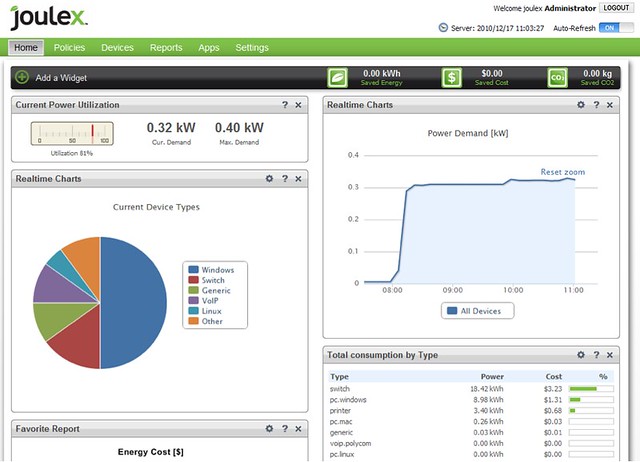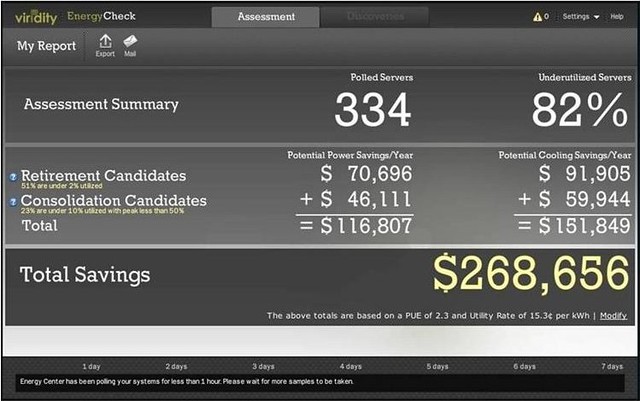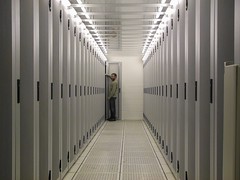.
Here are a few of the Green announcements which crossed my desk this week:
- A new scheme called SunShare launched in the UK this week. The scheme allows home-owners to invest in solar panels for their home for only a part of the upfront installation costs. This means that qualifying UK homes can now get a fully installed solar PV system for as little as ?3,999, they will benefit from free electricity and they will also be able to earn more than ?1000 a year from the government backed Feed-in Tariff scheme.
The UK Feed-In Tariff scheme is one of the most generous in Europe, paying 41.3p per kWh of electricity produced, regardless of whether it is used by the home-owner or not. The tariff is guaranteed for 25 years and it is index linked for Solar PV Systems.
?The government will review the scheme in 2012, which is likely to see The Feed-in Tariff rates changed from April 2013 for any new homes applying for it. There is therefore a window of opportunity now for consumers to take advantage of the current rates on offer? according to Mark Wynn, Managing Director Avoline PLC, the company which launched SunShare.
- Semitech Semiconductor, a Power Line Communications (PLC) chip maker with chips designed to enable communications for the Smart Grid announced yesterday that they had completed its Series A financing raising AU$3.4 million.
- The Institute for Transport and Development Policy released a report on Wednesday entitled Europe?s Parking U-Turn: From Accommodation to Regulation [PDF]. The report examines European parking policies over the last fifty years and found that European cities are reaping the rewards of innovative parking policies, including revitalized town centres; reductions in car use; drops in air pollution and rising quality of urban life.
- SAP’s rollout of e-mobility infrastructure which I wrote up just before Christmas has now been extended to their German HQ in Walldorf. SAP, in conjunction with local utility MVV Energie, have taken delivery of 30 electric cars and will be testing use of them by their employees as part of their Future Fleet project.
The cars will be powered exclusively with electricity from renewable sources and this will be important given that over 80% of SAP’s direct CO2 emissions in EMEA come from company cars.
- On-demand environmental software maker Locus Technologies, announced this week that they have been certified as compliant with SAS 70 (Statement on Auditing Standards No. 70). Given that Locus are a SaaS company (i.e. they host their clients environmental information) this is a vrucial certification to have achieved – it gives confidence to Locus customers and potential customers that their data is safe with Locus.
Photo credit .faramarz












